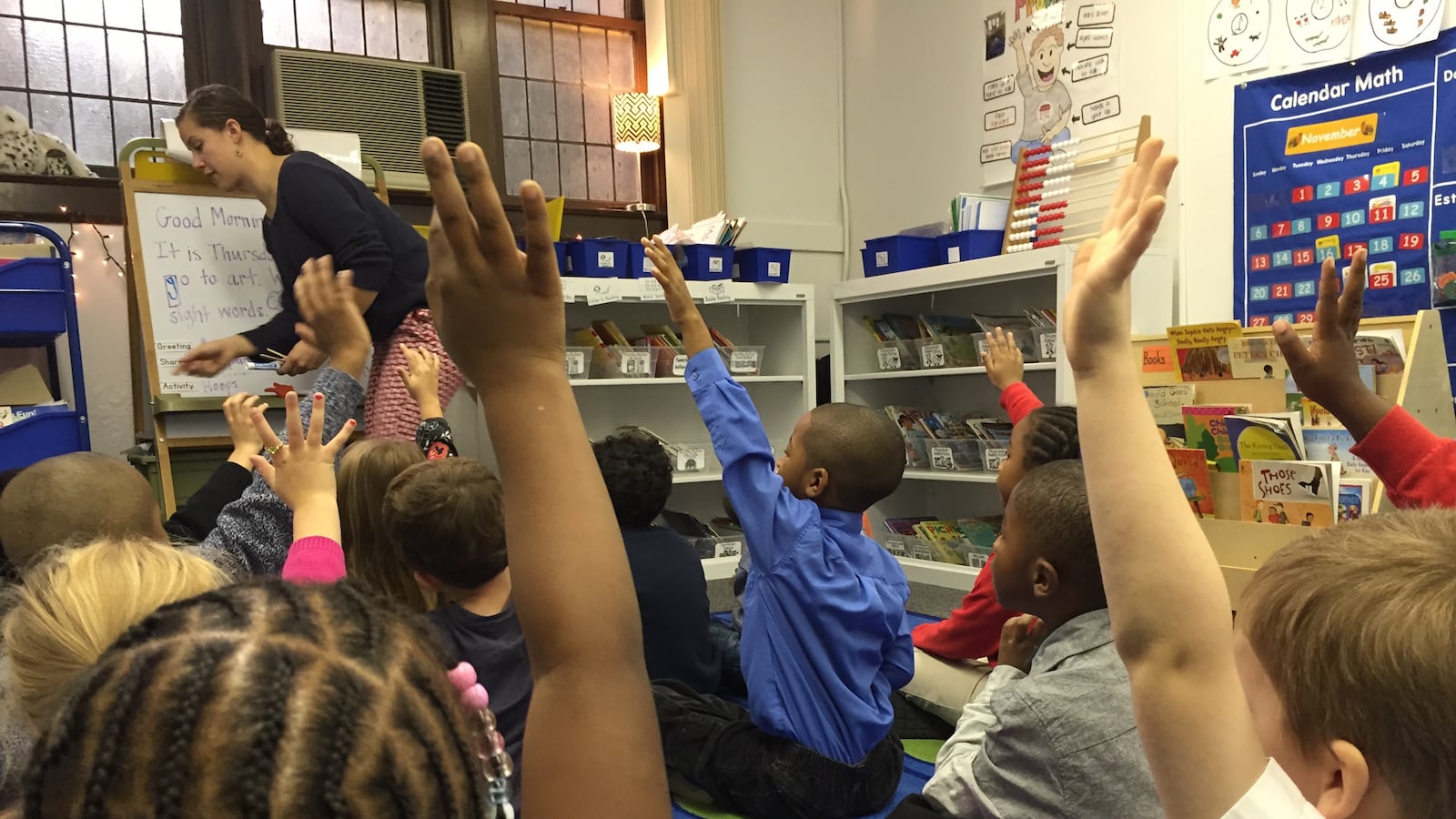After falling to its lowest recruitment rate in more than a decade, Teach for America is slated to increase its presence in New York City classrooms this fall.
About 265 corps members are set to enter city schools this year, according to tentative numbers released Friday. That’s up from 200 last year, the smallest number since at least 2005.
Charissa Fernández, executive director of TFA’s local office, said the uptick was partly the result of a more streamlined process, shorter applications and earlier recruitment. But she also suspects that college students may now be more inclined toward public service.
“I don’t have any proof of this yet, but I think part of it is the change in our political climate,” she said at a TFA event Friday, which was also attended by schools Chancellor Carmen Fariña. “People are realizing it matters to get involved, that we all have a responsibility.”
TFA, which is known for placing new teachers in hard-to-staff public schools, has previously said its recruitment problems reflect national drop-offs in enrollment in a wide range of teacher-training programs. Officials have also pointed out the organization faces strong headwinds: a rebounding economy, for instance, and a polarized conversation around education reform.
Those winds might be shifting: Across the country, TFA received 49,000 applications this year, up from 37,000 the year before. But despite the increase, TFA’s local presence is still less than half of what it was in 2008, its peak over the past dozen years.
The increase in recruitment comes on the heels of a tumultuous period for the national organization, which significantly cut its staff and gave local chapters more autonomy. In New York, that has meant the six-week summer training — known as “institute” in TFA parlance — is now conducted by New York staff in partnership with local schools. The summer institute also now counts as credit toward a master’s degree, offered through the Relay Graduate School of Education, which for the first time helped run its summer training program.
Of this year’s corps members, roughly 55 percent will teach in traditional district schools, 35 percent in charter classrooms, and the remaining 10 percent will be placed in community-based organizations that focus on early childhood education.

